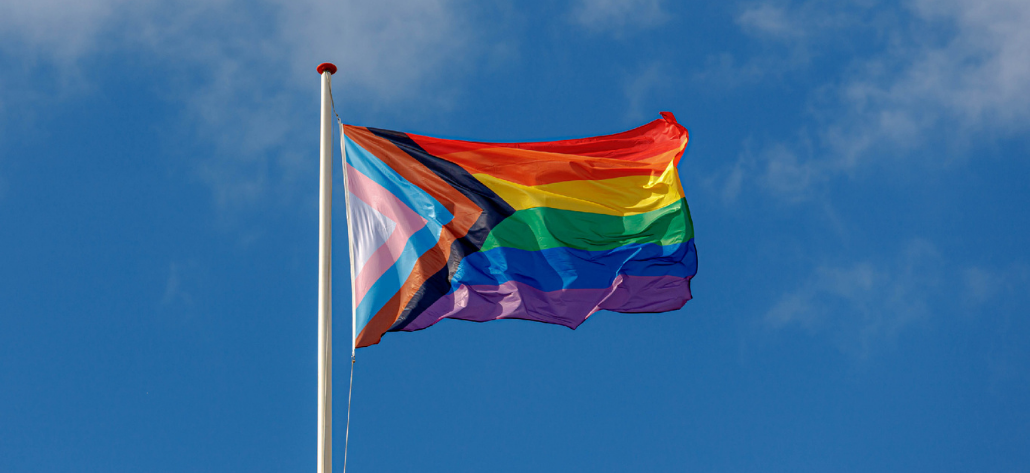According to the Hispanic National Bar Association, Hispanic lawyers make up less than 4% of attorneys in the United States, making them one of the least represented minorities in the profession. Head to Pipeline to Practice now to learn how you can get involved in changing that.
In honor of Hispanic Heritage Month, we’ve compiled a list of four Latino and Latina lawyers you should know about.
Gustavo C. Garcia
Gustavo C. Garcia was born on July 27, 1915 in Texas. He would later attend the University of Texas where he attained his B.S. and his LL.B. “Gus” was admitted to the Texas Bar in 1938 where he worked as an assistant to the district attorney. A few years later, he was drafted into the U.S. Army.
Gus is considered a civil rights pioneer. He contributed to the creation of the UN in San Francisco and also filed a lawsuit against Texas school authorities to end segregated schools in Cuero, Texas. He also filed another lawsuit that resulted in the segregation of children of Mexican descent becoming illegal in Texas.
According to NBC News, “In 1954, Garcia was part of a legal team that took the Hernandez v. Texas case to the Supreme Court and established the right of Mexican-Americans to serve on juries. The case, which the New York Times noted as “a quiet victory for civil rights,” marked the first time that the high court expanded protection of the 14th Amendment to cover Latinos. The case also paved the way for Mexican-Americans to mount legal challenges in other cases involving housing, education, and employment discrimination.”
Unfortunately, Gustavo died at the very young age of 48.
Mario G. Obledo
Born on April 9, 1932 in San Antonio, TX, Mario G. Obledo “slept on the floor with 12 siblings as the child of illegal immigrants,” according to the New York Times. He studied pharmacy at the University of Texas at Austin and later attained a Law degree from St. Mary’s University in 1960.
Following his career as a Texas Assistant Attorney General, Obledo co-founded the Mexican American Legal Defense and Education Fund (MALDEF). He eventually transitioned into teaching at Harvard Law School where he was later offered a position as Health and Welfare Secretary by Jerry Brown. He was the highest ranking Mexican American official at the time.
Obledo was also a co-founder of the Hispanic National Bar Association and the President of the League of United Latin American Citizens (LULAC). He was later awarded the Presidential Medal of Freedom by President Bill Clinton for having “created a powerful chorus for justice and equality.” Obledo passed away at the age of 78 in Sacramento, CA.
Sonia Sotomayor
“Don’t let fear stop you. Don’t give up because you are paralyzed by insecurity or overwhelmed by the odds, because in giving up, you give up hope. Understand that failure is a process in life, that only in trying can you enrich yourself and have the possibility of moving forward. The greatest obstacle in life is fear and giving up because of it.” – Sonia Sotomayor
Sonia Sotomayor was born on June 25, 1954 in New York City, NY. She grew up in Bronxdale Houses (a housing project), and graduated valedictorian from her high school. She was awarded a full scholarship to Princeton University, where she was one of only 20 Latino students at the time. Through her article-writing, Sotomayor was able to push Princeton to start hiring more Latino faculty members.
Sotomayor later attended Yale Law School. She graduated in 1979 and was admitted to the New York bar the next year. She was immediately hired as an assistant district attorney under the New York County District Attorney where she was known for working 15 hour days. She later moved to private practice and was made partner by 1988. In 1992, she left to become a judge.
President George H. W. Bush nominated Sotomayor for a seat on the U.S. District Court for the Southern District of New York and was confirmed on August 11, 1992 where she became the youngest judge in the Southern District and the first Hispanic federal judge in New York.
President Barack Obama nominated Sotomayor for a position as a Supreme Court Justice in 2009 after he said he wanted Justices who had “the heart, the empathy, to recognize what it’s like to be a teenage mom. The empathy to understand what it’s like to be poor, or African-American, or gay, or disabled, or old.” She was confirmed as a United States Supreme Court Justice on August 6, 2009. She is the first Hispanic person to serve on the Supreme Court.
Catherine Cortez Masto
“I think the people that we hire in government should be just as diverse as the communities we represent.” – Catherine Cortez Masto
Catherine Marie Cortez Masto was born on March 29, 1964 in Las Vegas, Nevada. She obtained her B.S. from the University of Nevada, Reno, in 1986 and her J.D. from Gonzaga University School of Law in 1990.
Cortez Masto was a civil attorney for four years and a criminal prosecutor for two years for the U.S. Attorney’s Office in D.C. She also later served as the executive vice chancellor of the Nevada System of Higher Education. Cortez Masto was later elected as the Nevada Attorney General. She was the first female Attorney General for Nevada.
Cortez Masto ran for election in the U.S. Senate in 2016 and took office on January 3, 2017. She is the first Latina in the U.S. Senate.


